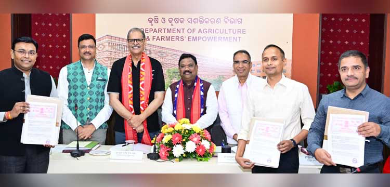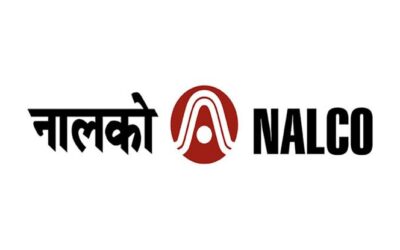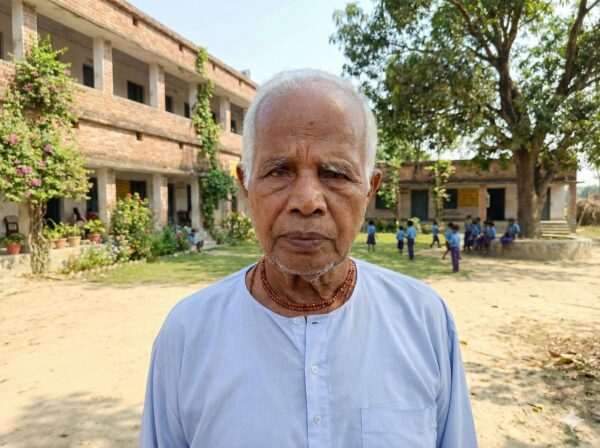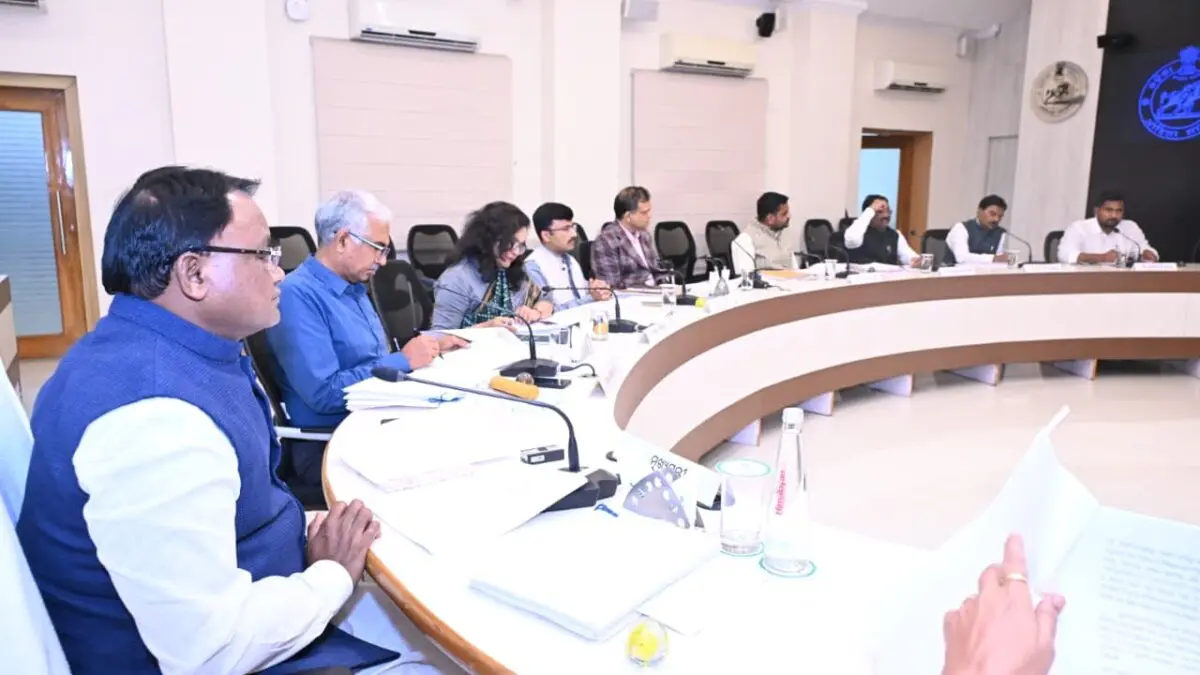Odisha Cabinet Clears ₹21,147-Crore Water Conservation and Irrigation Boost

New schemes to link rivers, expand irrigation potential, and manage floods and droughts across the state
Bhubaneswar : In a major step toward strengthening Odisha’s water management and agricultural infrastructure, the state cabinet on Thursday approved three landmark initiatives worth nearly ₹21,147 crore. The measures aim to conserve surface water, expand irrigation potential, and tackle the recurring challenges of floods and droughts that affect large parts of the state each year.
The cabinet meeting, chaired by Chief Minister Mohan Charan Majhi, sanctioned 15 proposals across 10 key departments during its 28th session held at Lok Seva Bhavan in Bhubaneswar. Among the most notable approvals were the extension of the in-stream storage structures scheme, a new intra-state river linking programme, and the continuation of the Nabakrushna Choudhury Secha Unnayan Yojana.
Expanding In-Stream Storage to Conserve Water
The flagship decision involves the extension of the “Construction of In-Stream Storage Structures” (ISS) scheme for another five years, with a massive outlay of ₹19,941 crore funded from the state’s own resources. This scheme, launched under ISS 1.0, focuses on constructing in-stream water storage structures within river embankments — a model designed to conserve water without displacing communities.
These structures serve multiple purposes: storing monsoon runoff, recharging groundwater, and ensuring a stable water supply for irrigation, drinking, livestock, and fisheries. The concept has already demonstrated its effectiveness in reducing dependence on erratic monsoons and improving water retention in drought-prone regions.
“These structures have helped retain monsoon water that would otherwise flow into the sea,” said a senior official from the Water Resources Department. “By holding back surface water, we’re enhancing year-round availability and mitigating both floods and droughts.”
Linking Rivers to Balance Surplus and Deficit
In another major step, the cabinet approved the ₹1,790 crore Intra-State River Linking Scheme, which aims to connect surplus and deficit river basins to ensure more equitable water distribution across the state. The plan will integrate six major river link projects, including the Karta Link Project, the Bahuda–Tampara Link, and the Telengiri–Upper Kolab Pumped Storage Project (PSP).
Chief Secretary Manoj Ahuja highlighted the transformative potential of this initiative, saying, “The river linking plan will not only mitigate floods and droughts but also expand irrigation coverage and enhance agricultural productivity in chronically water-scarce areas.”
By diverting excess water from flood-prone regions to drought-affected zones, the government aims to create a self-sustaining network that reduces vulnerability to seasonal extremes. This integrated water management strategy is expected to ensure better utilization of the state’s hydrological resources while supporting rural livelihoods dependent on agriculture.
Reviving Irrigation Systems Under Secha Unnayan Yojana
The Cabinet also approved the extension of the Nabakrushna Choudhury Secha Unnayan Yojana for another five years, from 2025–26 to 2029–30, with an outlay of ₹1,437 crore. Named after the state’s former chief minister and noted agrarian reformer, the scheme focuses on rejuvenating old and underperforming irrigation projects.
Under the renewed phase, the scheme will work to restore irrigation potential across 1.23 lakh hectares and create an additional 4,862 hectares of coverage. The focus will be on renovating major, medium, and minor irrigation systems that have deteriorated due to siltation, ageing, or poor maintenance.
Officials explained that the state aims to bridge the gap between Irrigation Potential Created (IPC) and Irrigation Potential Utilized (IPU) — a long-standing challenge in Odisha’s irrigation sector. “The goal is to revive lost ayacut areas and enhance agricultural productivity through efficient water management,” said a senior official. “Improved irrigation efficiency will directly boost farm incomes and ensure more resilient agriculture.”
Tackling Odisha’s Water Paradox
Despite receiving 1,200–1,800 mm of rainfall annually, Odisha continues to face both floods and water scarcity due to uneven distribution and inadequate storage. Most of the rainfall occurs over a short monsoon period, leaving large portions of the year dry.
According to government estimates, the state receives about 230.76 billion cubic metres of rainfall annually, but nearly 80 per cent of this flows into the sea as surface runoff. “The only sustainable way to harness this surplus rainfall is by capturing and storing it through effective water management infrastructure,” a senior official explained. “That’s what these initiatives aim to achieve.”
Toward a Climate-Resilient Future
Together, these three flagship initiatives represent one of the largest state-level water management investments in recent years. They underscore the government’s focus on achieving water security, agricultural resilience, and sustainable livelihoods in the face of climate uncertainty.
By combining traditional water conservation techniques with modern engineering and policy innovations, Odisha is positioning itself as a model for integrated water resource management in India. As these projects progress, they are expected to not only safeguard the environment but also empower farmers, strengthen rural economies, and ensure a more climate-resilient future for the state.








